State Emblems
State Amphibian: Idaho Giant Salamander
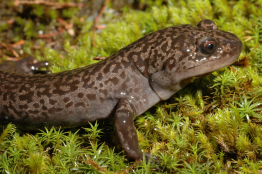
Photo courtesy of
Dr. John Cossel
The Idaho Giant Salamander (Dicamptodon aterrimus) is the largest salamander found in the state of Idaho, where it lives almost exclusively. Over their lifetime, these salamanders will metamorphose from a larva to a terrestrial adult, or will mature into an adult but retain the larval form, such as keeping their gills. They have robust bodies and heads and can grow to lengths of 33cm (~13 in). Terrestrial forms of the Idaho Giant Salamander have a marbled pattern of dark spots or blotches on a tan or copper ground color. Idaho Giant Salamanders are generally found in moist coniferous forests. The transformed adults are secretive and seldom found in the open, but can be found in moist areas such as under logs and bark.
Description courtesy of Dr. John Cossel and Ilah Hickman
State Bird: Mountain Bluebird
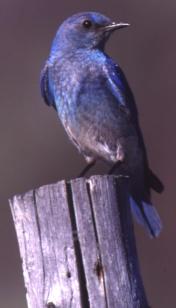
Photo courtesy of
Bill Mullins
State Dance: Square Dance

State Dinosaur: Oryctodromeus
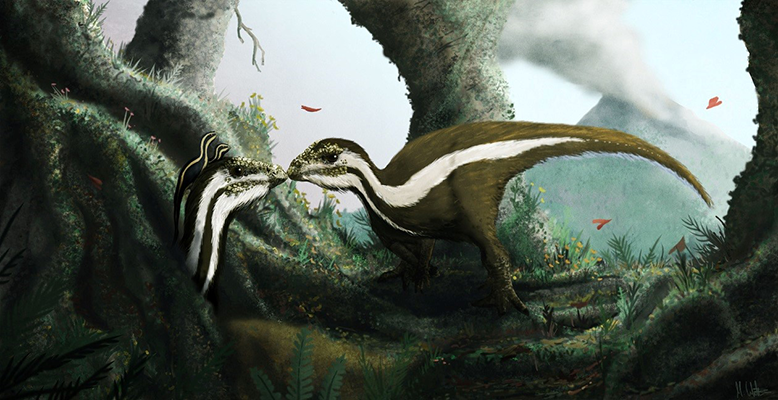
Photo courtesy of
Dr. Mark Witton, United Kingdom
State Fish: Cutthroat Trout

Photo courtesy of
Tom Davenport, Layton, UT
State Flag

State Flower: Syringa

State Fossil: Hagerman Horse

Photo courtesy of
Hagerman Fossil Beds National Monument
State Fruit: Huckleberry
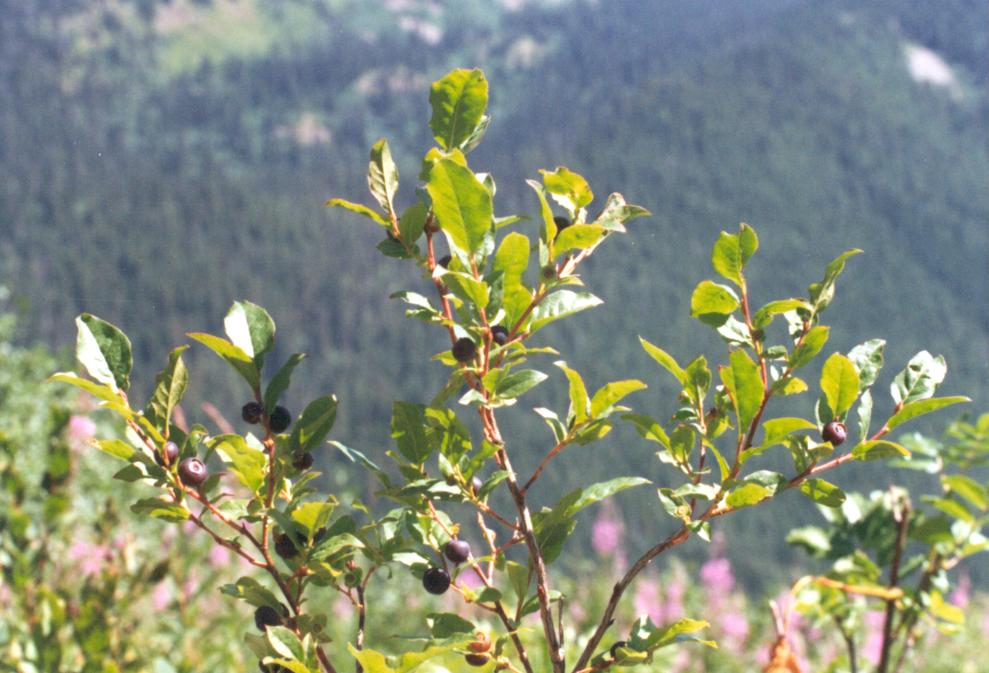
Photo courtesy of
Danny L. Barney, Ph.D., University of Idaho
State Gem: Star Garnet

Photo courtesy of
Stewart’s Gem Shop, Boise, ID
State Gem Cut: The Idaho Cut
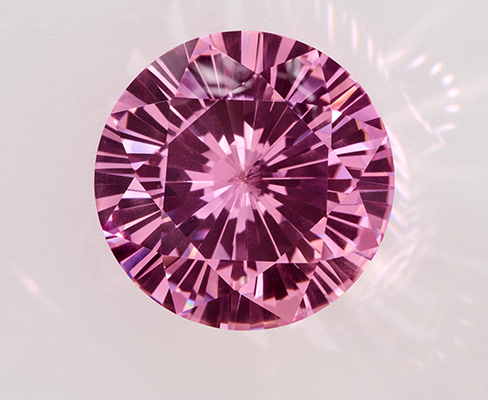
Photo courtesy of
The Howell Family
State Horse: Appaloosa

Photo courtesy of
Don Shugart & The Appaloosa Horse Club
State Insect: Monarch Butterfly

Photo courtesy of
Faye Sutherland, Boise, ID
State Raptor: Peregrine Falcon
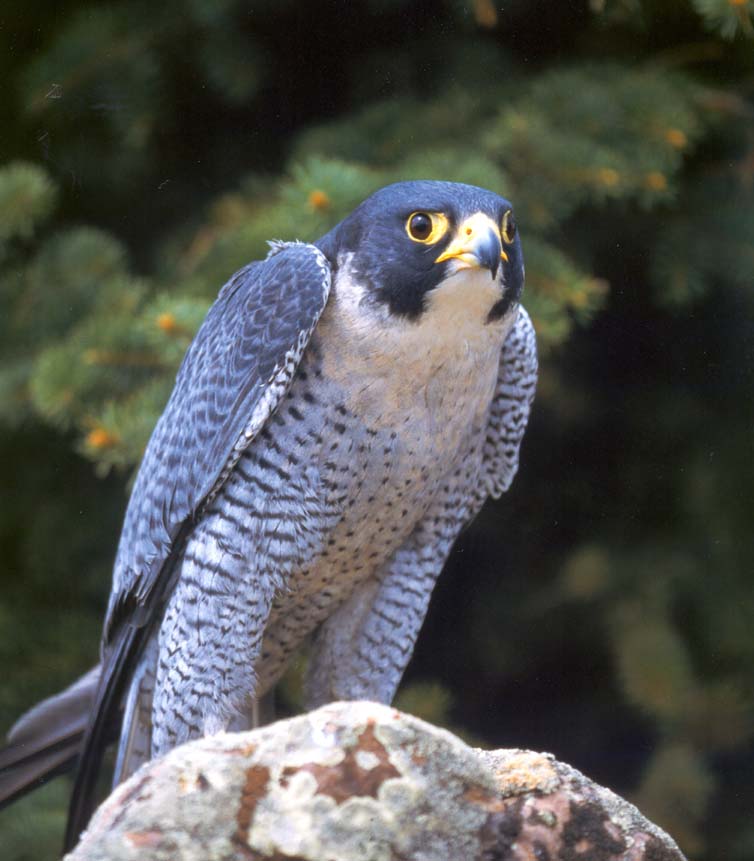
Photo courtesy of
The Peregrine Fund
State Seal
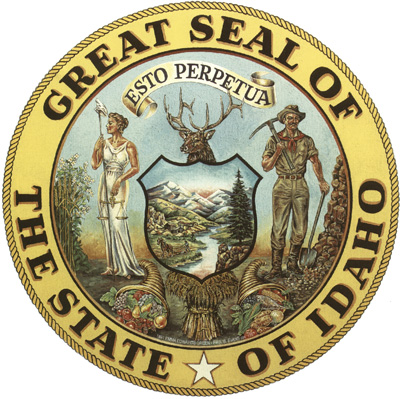
State Tree: Western White Pine

Photo courtesy of
Idaho Forest Products Commission
State Vegetable: Potato

Photo courtesy of
Idaho Potato Commission
Idaho’s unique environment provides nearly perfect growing conditions for the potato. The soil, water, clean air and climate in Idaho contribute to those consistently high-quality potatoes that have made Idaho famous for so many years. Idaho’s rich volcanic soil is ideally suited for potatoes. Warm, sunny days, cool nights and water from melting snow in nearby mountains make the perfect combination for growing the world’s best potatoes.
